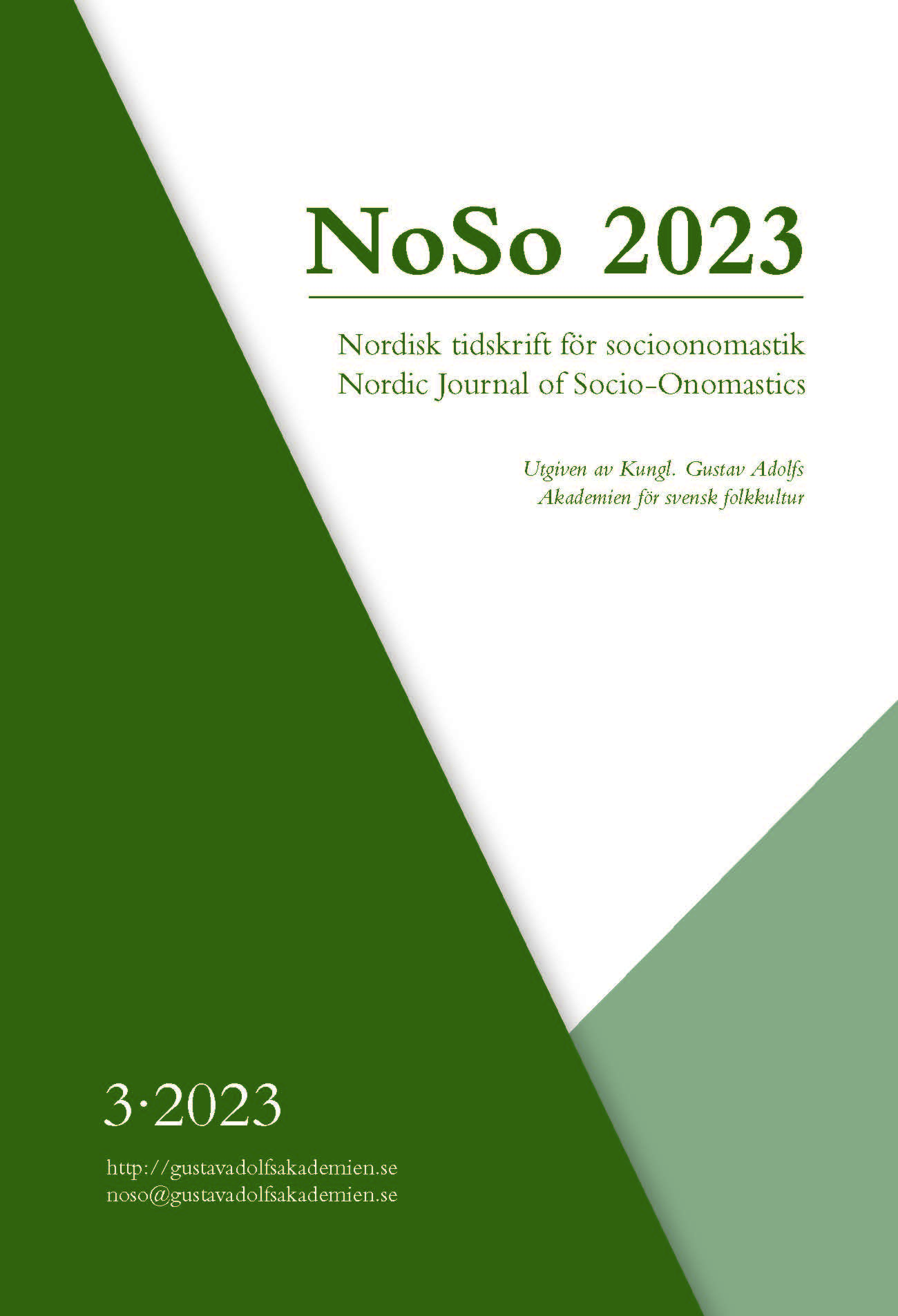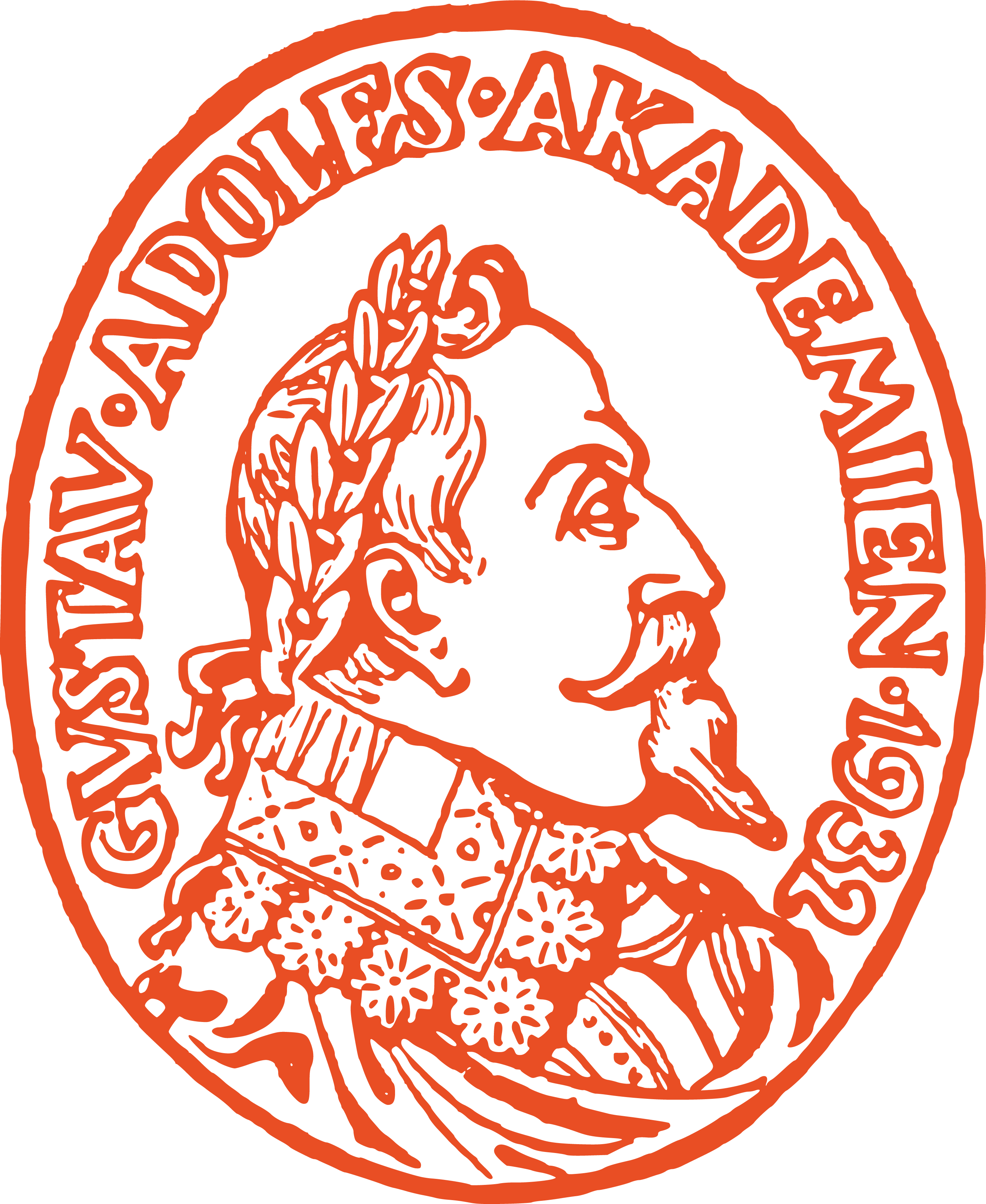Large-scale statistical analysis on representation of public figures in newspapers and naming conventions in Finland in 1900-1939
DOI:
https://doi.org/10.59589/noso.32023.14404Nyckelord:
name-giving, statistical analysis, early 20th century, history of Finland, digital humanitiesAbstract
This article examines the influence public figures had on the name-giving in Finland from 1900 to 1939 via their presence in newspapers. The study is based on digital materials and the results were obtained using statistical research methods. The main finding of the study is that generally, the prevalence of notable peoples’ names does not reflect the person in the way people choose first names for their children. On the other hand, more in-depth analyses reveal consistent interaction: short-term peaks in prominence of public figures in the newspaper data coincide with peaks in the popularity of their first names 50% more often than could be expected by random. Also, high-correlation outliers reveal personalities with a definite impact on first given name trends, interpretable as rule-confirming exceptions of the general pattern of very modest correlations.
Downloads
Publicerad
Referera så här
Nummer
Sektion
Licens
Copyright (c) 2023 Antii Kanner, Jaakko Raunamaa

Det här verket är licensierat under en Creative Commons Erkännande 4.0 Internationell-licens.





